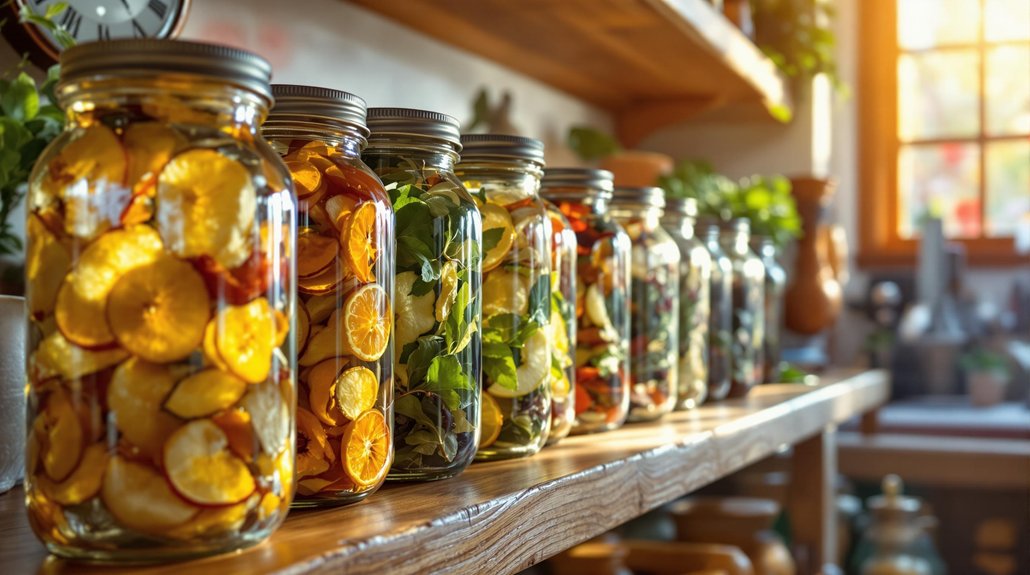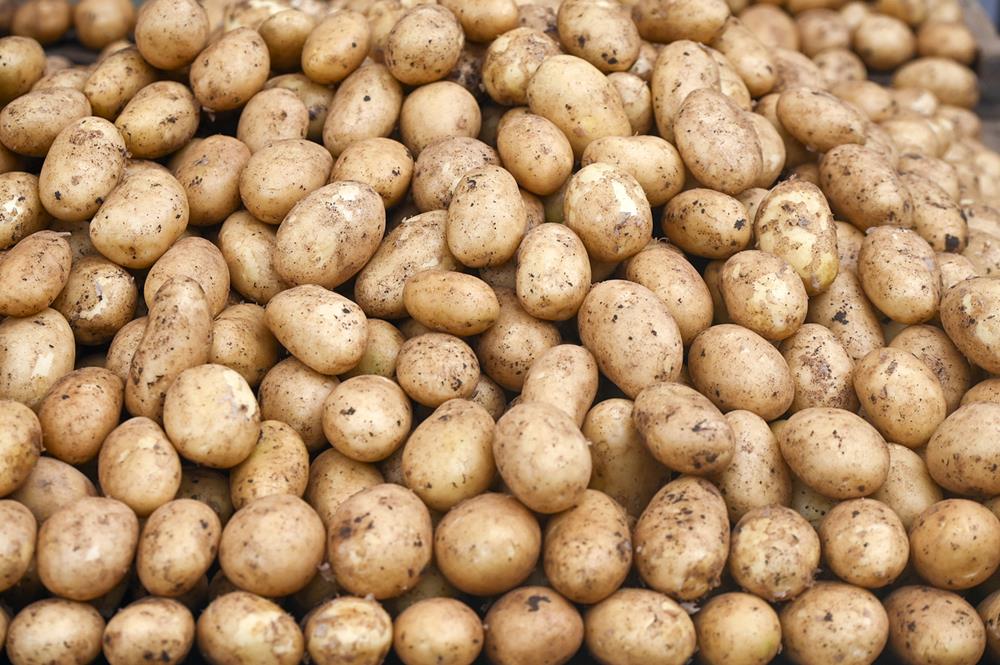How Long Does Dry Pasta Last? Tips for Storage

Dry pasta is a pantry staple in homes around the world—affordable, versatile, and easy to cook. But if you've ever found an old box tucked in the back of your cupboard, you might wonder: how long does it really last? The good news is, dry pasta has an impressively long shelf life when stored properly.
In this article, we’ll break down how long different types of dry pasta stay good, how to spot signs of spoilage, and the best storage practices to keep your noodles fresh for as long as possible.
Understanding the Shelf Life of Dry Pasta
Dry pasta is a long-lasting pantry essential, thanks to its low moisture content—typically around 12%—which makes it naturally resistant to spoilage.
When stored correctly, dried pasta can last up to two years, and in many cases, even longer without significant loss of quality. The key is to keep it in an airtight container, protecting it from moisture, air, and pests that can degrade its texture and flavor.
To maximize its shelf life:
Store in a cool, dry place, away from direct sunlight or heat.
Keep it sealed tightly to prevent humidity from affecting the pasta.
While it’s usually safe to eat dry pasta past its expiration date, for the best taste and texture, try to use it within that two-year window. Proper storage ensures your pasta stays fresh, flavorful, and ready for your next meal—no matter how long it's been in the cupboard.
Factors Influencing Pasta Longevity
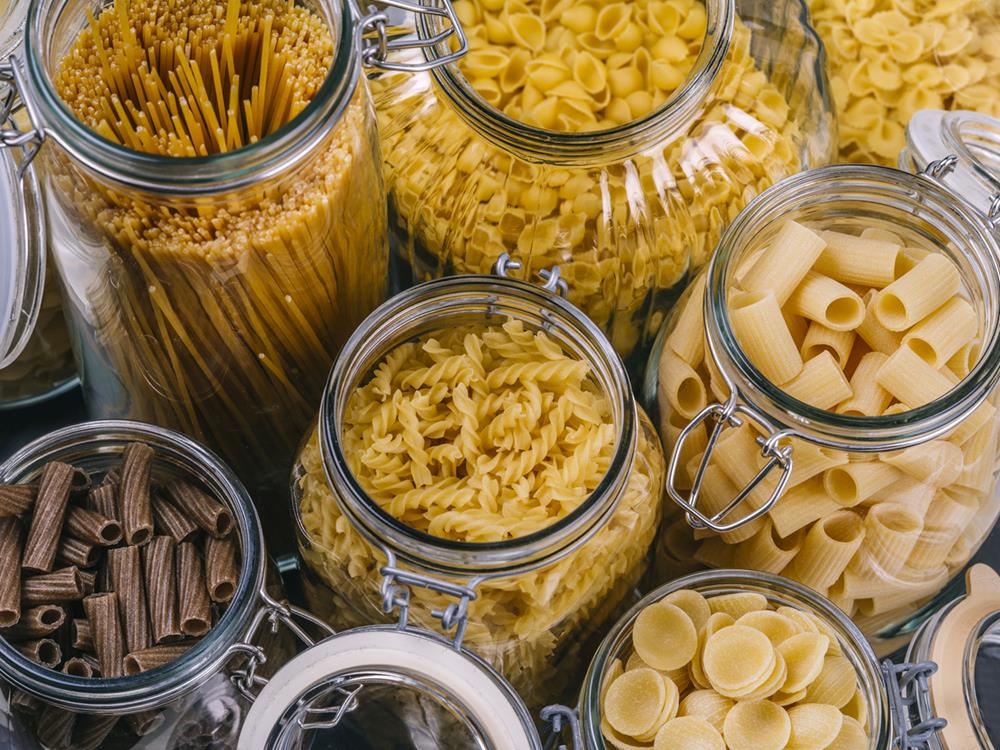
Dry pasta is well-known for its long shelf life, but several key factors can impact just how long it stays fresh and safe to eat. While the typical shelf life is around two years, proper storage can extend that even further.
Moisture and Humidity
Pasta’s naturally low moisture content (about 12%) helps resist spoilage. However, high humidity can lead to mold growth or attract pests. To prevent this, always store pasta in airtight containers to block out moisture and humidity.Air Exposure and Odors
Leaving pasta exposed to air can cause it to absorb unwanted odors or flavors from the surrounding environment. Airtight containers also protect against this, helping preserve the pasta’s original taste and texture.Clean Storage Conditions
Keep pasta in a clean, pest-free area. Even trace amounts of food or residue nearby can attract insects or rodents, which can compromise your pasta’s safety and quality.
By managing these factors—especially moisture, air exposure, and cleanliness—you can significantly extend the shelf life of your dry pasta and keep it ready for use whenever you need it.
Proper Storage Techniques for Dry Pasta
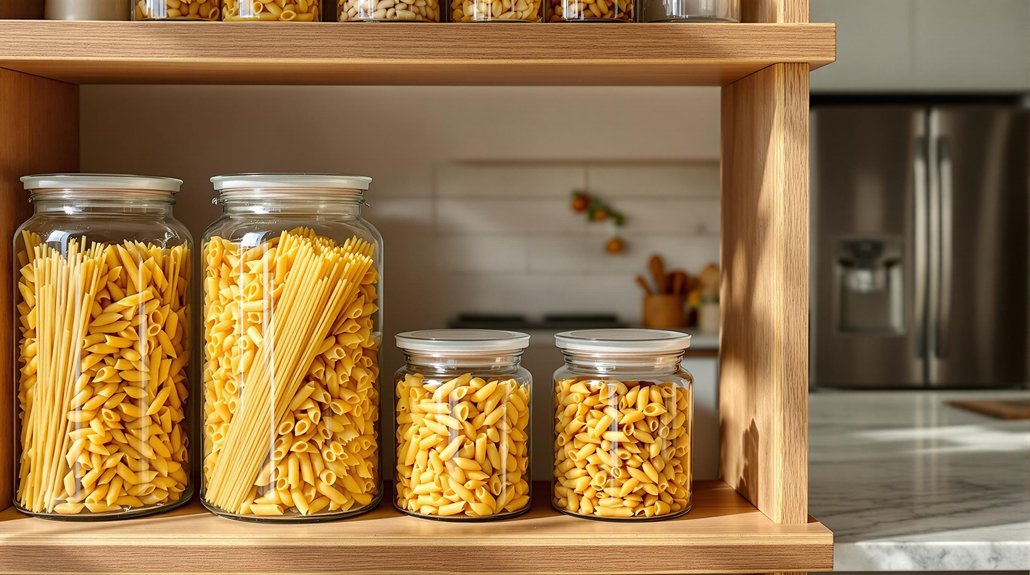
Once you understand the factors that affect pasta’s shelf life, proper storage becomes essential for keeping it fresh and safe for long-term use.
Choose the Right Location
Store dry pasta in a cool, dry place, away from heat sources, sunlight, and humidity. High temperatures can degrade the texture and shorten shelf life.Use Airtight Containers
Since most original packaging isn’t airtight, transfer pasta to sealed, food-grade containers, such as plastic buckets, glass jars, or vacuum-sealed bags. This protects it from moisture, air, and pests.Control Humidity
In humid climates, airtight containers are especially important. You can also add silica gel packets or oxygen absorbers to help control moisture levels inside the container.Inspect and Rotate Stock
Check your pasta regularly for signs of moisture, pests, or odor. While dry pasta lasts a long time, rotating your supply every few months ensures the freshest quality and reduces waste.
With these simple practices, you can keep your dry pasta tasting great and shelf-stable for years to come.
The Importance of Airtight Containers
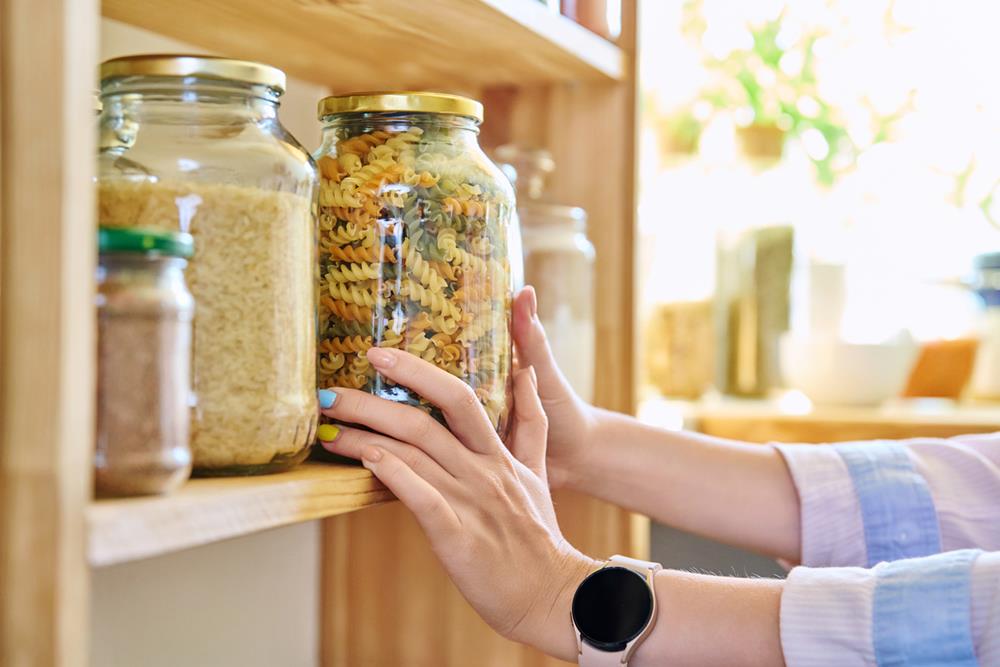
When it comes to storing dry pasta, airtight containers are essential for preserving quality and extending shelf life. They prevent moisture absorption, which can lead to mold, spoilage, and loss of texture.
In humid environments, this becomes even more critical. Transferring opened pasta into sealed, food-grade containers helps protect it from environmental moisture, pests, and air exposure.
Airtight containers also block strong odors from other pantry items, helping your pasta retain its original flavor.
For best results, choose containers specifically designed for dry food storage—preferably BPA-free, durable, and easy to seal. This simple storage upgrade ensures your pasta stays fresh, safe, and ready to enjoy whenever you need it.
Using Vacuum Sealing for Extended Storage
While airtight containers work well for everyday storage, vacuum sealing is the go-to method for long-term pasta preservation.
By removing air and sealing the pasta in an oxygen-free environment, vacuum sealing dramatically extends shelf life—often up to 10 years or more when stored in cool, dry conditions. It helps prevent moisture buildup, oxidation, pest intrusion, and flavor loss.
To ensure the best results:
Make sure the pasta is completely dry before sealing.
Use food-safe, BPA-free vacuum bags designed for long-term storage.
Label each bag with the sealing date to track freshness and rotation.
Vacuum sealing not only extends pasta’s usability but also preserves its taste, texture, and overall quality, making it an excellent option for preppers, bulk shoppers, or anyone building an emergency food supply.
Best Practices for Preventing Pest Infestation
One of the most effective ways to prevent pest infestation in your dried pasta is by using airtight containers. These containers create a barrier that keeps pests out and minimizes exposure to moisture.
For ideal storage, follow these best practices:
- Inspect regularly: Check your pasta storage areas for signs of pests like weevils or larvae. Early detection can prevent a full-blown infestation.
- Choose the right container: Use glass or plastic containers with tight-sealing lids. They're more effective than paper or cardboard at keeping pests at bay.
- Add moisture absorbers: Consider placing silica gel packets inside the containers. They absorb moisture, making the environment less appealing to pests.
Store pasta in a cool, dry place, away from heat and potential pest-attracting foods.
Impact of Local Climate on Pasta Storage
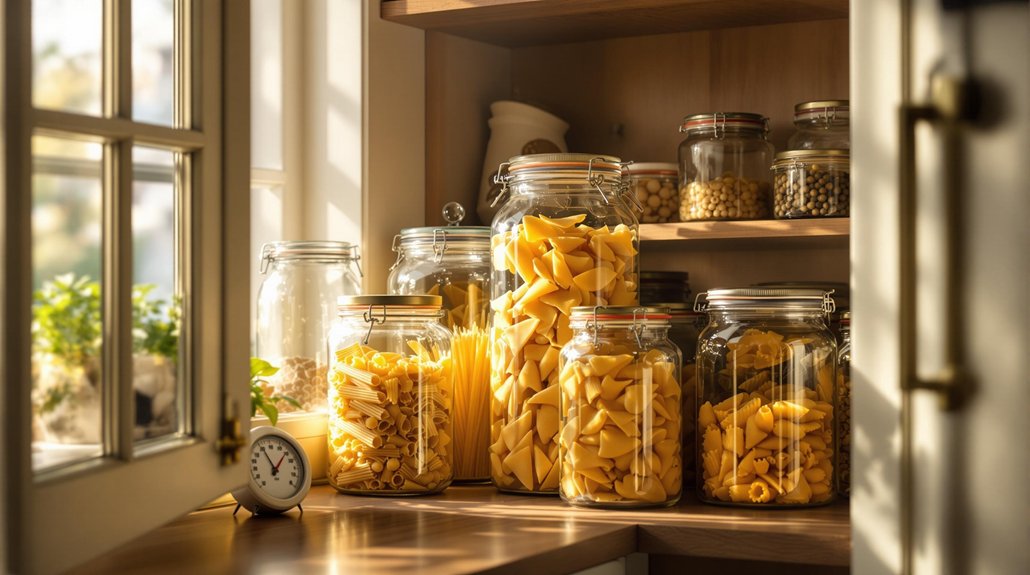
Once you've protected your dried pasta from pests, it's equally important to consider how your local climate affects its long-term storage.
High-Humidity Areas
In regions with high humidity, pasta can absorb moisture from the air, increasing the risk of spoilage and mold. To prevent this, store pasta in airtight containers and consider adding silica gel packets to help absorb any excess moisture.Warm Temperatures
Heat can worsen moisture issues and accelerate quality loss. Always store pasta in a cool, dry location, away from ovens, stoves, or other heat sources.Low-Humidity Regions
If you live in a dry climate, you’re in luck—low humidity naturally slows down moisture absorption. When paired with proper storage methods, pasta in these environments can last well beyond the standard two-year shelf life.
No matter your location, regularly monitor the storage environment and make adjustments as needed. Tailoring your approach to your local conditions helps ensure your pasta stays fresh, safe, and ready for use over the long term.
Exploring Alternative Storage Solutions
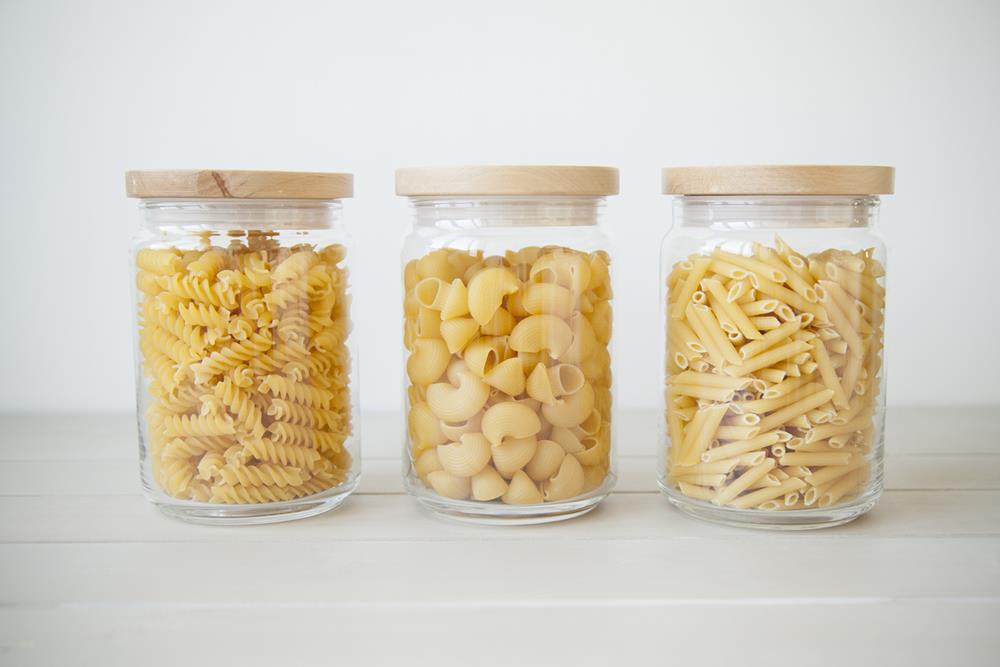
When it comes to storing dried pasta, thinking beyond the basics can help extend freshness and protect your food supply over the long term. Here are some effective alternative storage solutions worth considering:
Glass Airtight Containers
A great choice for short- to mid-term storage, glass containers seal tightly and won’t absorb odors, helping preserve both the taste and quality of your pasta.Vacuum Sealing
By removing air and locking in freshness, vacuum-sealed bags dramatically extend shelf life while protecting against moisture, pests, and oxidation.Mylar Bags with Oxygen Absorbers
These are ideal for long-term storage. Mylar bags create a durable, light-blocking barrier, while oxygen absorbers help prevent spoilage and pest activity.Food-Grade Buckets
Pairing food-safe buckets with Mylar bags or vacuum-sealed pouches provides an extra layer of protection against air, moisture, and physical damage—perfect for bulk storage.
Exploring these options allows you to tailor your storage strategy based on your space, climate, and needs—ensuring your dry pasta stays safe, fresh, and ready to use when you need it.

